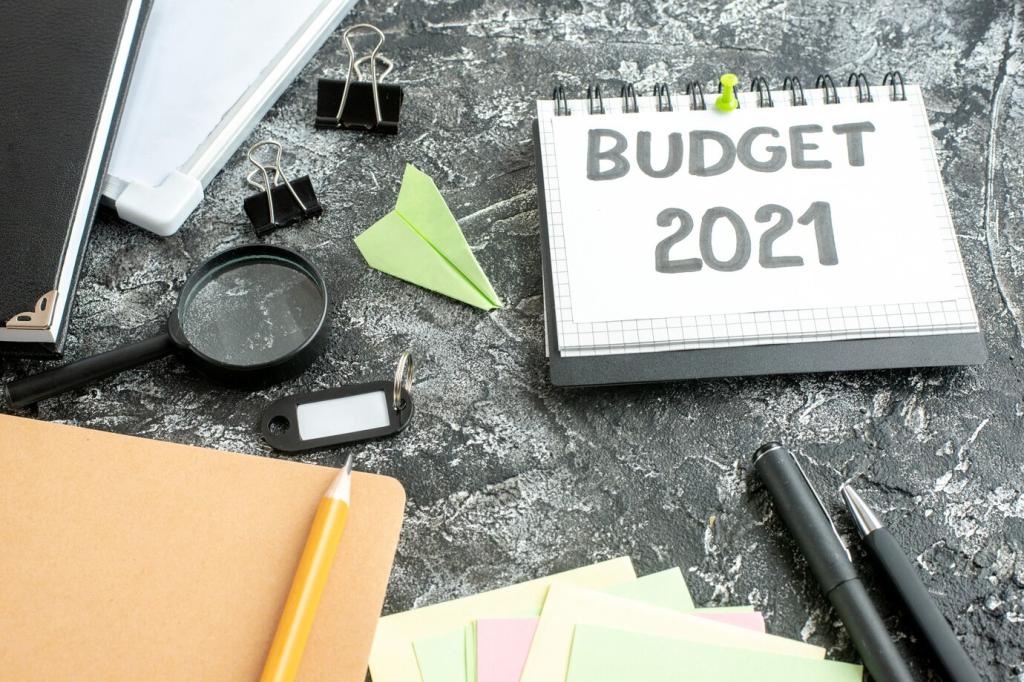Crafting a Unique Spending Tracker: Make Every Dollar Tell a Story
Chosen theme: Crafting a Unique Spending Tracker. Turn receipts into clarity with a personal system that fits your habits, reflects your values, and motivates steady, joyful progress. Join us, share your approach, and subscribe for fresh prompts and templates that keep momentum alive.

Start With Your Why
Write a single sentence that describes success for your money this season, like funding a mini-retreat or crushing a lingering bill. Clear targets transform tracking into momentum.
Start With Your Why
I once tallied a month of spontaneous coffees and realized the total matched the used bike I had postponed buying. That simple revelation turned my tracker into a compass.


Swap bland labels like Miscellaneous for names that mirror your world: Studio Experiments, Trail Fuel, Cozy Evenings. Personal language nudges attention, and attention is the scarce resource that changes behavior.

Create buckets for irregulars—gifts, travel, vet visits—then set expected ranges by season. When December explodes, the tracker shows preparation, not failure, and your plan keeps momentum.

Tell us the three most delightfully specific categories you use or want to try. Comment below, and we’ll compile a community list to spark creative budgeting.

Two-tap entry beats perfect design
If logging a purchase takes longer than twenty seconds, you will avoid it. Prioritize two-tap flows, defaults, and smart suggestions, then pretty up the interface after the habit sticks.

Receipts, notes, and emotion tags
Numbers explain what, but notes explain why. Snap a receipt, add a ten-word emotion tag—stressful, celebratory, autopilot—and later patterns jump out, revealing triggers you can actually influence.


Transform Data Into Visual Narratives
Plot rolling thirty-day averages per category. Highlight outliers with plain explanations, like subscription renewals or family events, so spikes become context, not catastrophes, and curiosity replaces panic.
Transform Data Into Visual Narratives
Compare months by cohort—first month with a new job, first month with a newborn—to see true change. Use envelope-style progress bars to visualize allowance remaining without scolding your future self.
Automate Mindfully, Stay Present
Automatic imports save time, but insert review stops. Require a quick confirm-and-tag step that forces attention. Automation should relieve drudgery without removing the moment your brain learns.
Automate Mindfully, Stay Present
Set rules that rename merchants, categorize staples, and flag late-night spending. Gentle alerts work best: nudge before bedtime, celebrate under-budget days, and never shame. Encouragement sustains habits.
Automate Mindfully, Stay Present
Tell us which automation you’d love most—merchant cleanup, receipt OCR, or emotion-tag suggestions. Comment or subscribe to join beta tests and help shape the next iteration together.
Privacy, Security, and Trust by Design
Whenever possible, store data locally, encrypt backups, and allow simple exports to open formats. Portability prevents lock-in, and encryption safeguards the ordinary details that still feel intimate.


Privacy, Security, and Trust by Design
Share only what serves you. If you participate in community comparisons, anonymize merchants and locations. Aggregate trends help everyone learn, while your private context remains entirely yours.
Evolve Your Tracker With Experiments
Every quarter, pick three micro-metrics to track, like quiet grocery upgrades or commute hacks. Identify one friction to remove and one joy to amplify, then document results and surprises.

Join our mailing list
